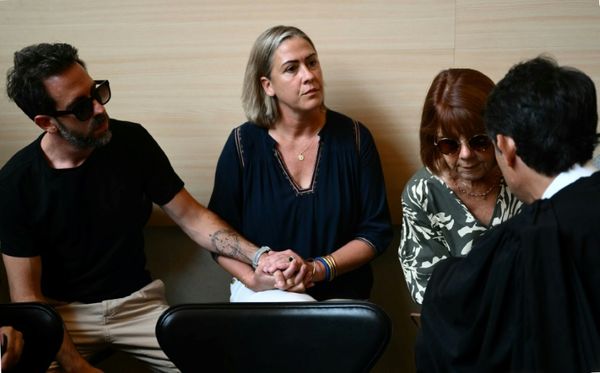
Sixty years after her death, the story of Zora Neale Hurston still hasn’t been fully told.
The fiction writer-anthropologist-folklorist died in a segregated Florida hospital in January 1960, so forgotten and impoverished that her work was out of print and her grave left unmarked.
Starting in the 1970s, when Alice Walker helped revive interest in Hurston, the writer’s standing has grown through a steady reissue of such classics as the novel “Their Eyes Were Watching God” and the posthumous releases of stories, letters and other writings. The Library of America, the country’s unofficial shaper of the canon, has issued a volume of her work.
In 2018, Amistad published “Barracoon,” a long-lost nonfiction work about a survivor of the Middle Passage that sold more than 250,000 copies.
Now, Amistad has released “Hitting a Straight Lick With a Crooked Stick: Stories from the Harlem Renaissance” ($25.99), a highly anticipated collection of early stories, including material rarely seen since being published nearly a century ago.
“We can all agree that the end of Hurston’s life was difficult,” novelist Tayari Jones writes in the foreword. “We can all agree that she deserved her laurels while she still walked among us. Yet Zora, being Zora, did not let mere death end her life.”
/cdn.vox-cdn.com/uploads/chorus_asset/file/19614178/Zora.jpg)
The 21 stories in “Hitting a Straight Lick” were compiled by Genevieve West, who chairs the English department at Texas Woman’s University. West combines better-known pieces such as the tragic “John Redding Goes to Sea,” Hurston’s first published fiction, with more obscure work.
Hurston is identified with rural Florida, the setting for “Their Eyes Were Watching God.” But this collection draws on her years in New York.
Hurston was born in Notasulga, Alabama, in 1891 and moved with her family to Florida at 3. She worked as a maid and waitress before enrolling at Howard University in 1920. Five years later, Hurston moved to Manhattan in 1925 and lived off and on there until the late 1930s. She came to be identified with the Harlem Renaissance. But she was ever the iconoclast, standing apart from her peers and the so-called “New Negro” movement of the time.
“The New Negro movement was about putting the best foot forward and that wasn’t Hurston’s agenda,” West says.
The story “The Back Room,” which West found in the archives of the black newspaper The Pittsburgh Courier, stands out as the rare fictional commentary by Hurston on the movement and upper-class Harlem society.
/cdn.vox-cdn.com/uploads/chorus_asset/file/19614234/ZNHurston.jpg)
Other Harlem stories tell of unfaithful husbands, wives abused but unbroken, couples held together or torn apart by money, families torn between old and new ways. The migration from South to North is a puzzle for some characters, like the wife in “The Country in the Woman” who sees her husband succumb to New York morals, or the young woman from Eatonville in “Muttsy” who takes in the Harlem scene and observes that the “ladies” back home “didn’t put powder and paint on the face.” Lilya Barkman “fled the boredom” of small-town South Carolina, only to have her heart broken in Harlem.
West says Hurston was alert to the “dangers” of migration and that “the bloom was off the rose” for her by the time she left in the 1930s.
This latest posthumous Hurston book probably won’t be the last. West says Hurston’s essays have yet have to be compiled. And other stories might still be discovered, if only because Hurston’s work often ran in publications that have long ended and have yet to be fully indexed.
Cheryl A. Wall, a Rutgers University English professor who edited the Hurston Library of America edition, says the author’s writings essentially had to be organized from scratch. At the time of her death, Hurston’s papers were scattered around the country. Some materials were preserved only because a passerby saw they were being burned in the trash and saved them.
“The pages of her last manuscript, ‘Herod, the Great,’ are singed along the edges,” Wall says.
Hurston’s papers still don’t have a comprehensive archive — say, as F. Scott Fitzgerald’s have at Princeton University or Ernest Hemingway’s at the John F. Kennedy Library and Museum in Boston. When Wall was compiling material for the Library of America, she found it challenging to find authoritative editions of her shorter pieces.
“There is doubtless more material to be found,” Wall says. “I am not sure how much, and no one can predict where. Hurston’s story is typical of black women writers of her time. There is no archive for Jessie Fauset or Nella Larsen, either. I am delighted that future scholars will not face these challenges when they go in search of the papers of June Jordan, Toni Morrison or Alice Walker.”







